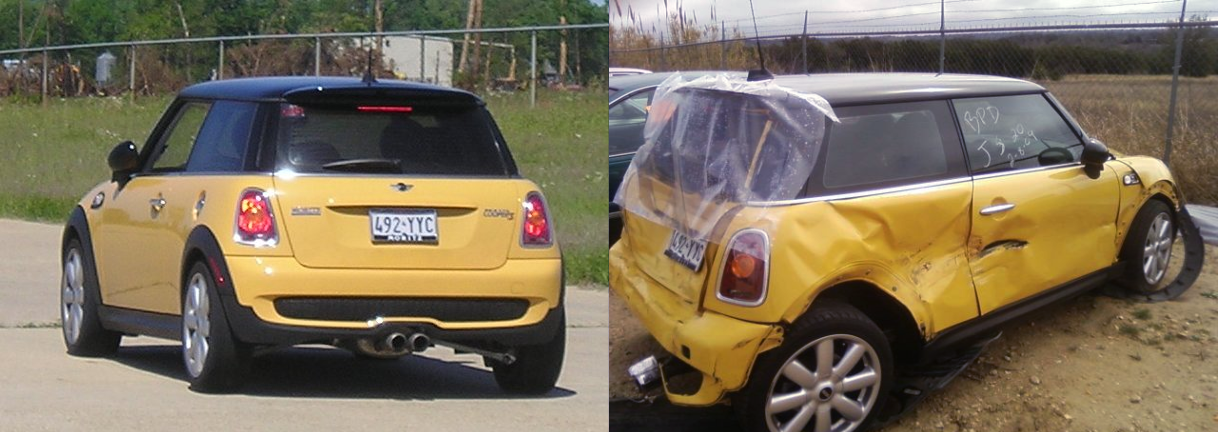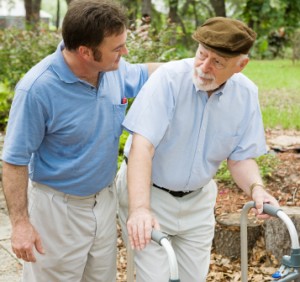To mitigate risks of personal injury or wrongful death, child welfare workers should always make sure that red-flag concerns are always at the front and center of a child’ file
 By simply noting red-flag concerns front and center of a patient’s file, child welfare workers can protect children from being seriously abused, injured or killed. In a recent article in Youth Today, Daniel Pollack, a professor at the Wurzweiler School of Social Work, Yeshiva University in New York City and a frequent expert witness in child welfare cases describes how crucial information related to a child’s personal safety can get buried into electronic files and later lead to disaster. For example red flag sentences such as “Johnny is a runner. He needs to be watched at all time” should not be hidden somewhere in the child’s file but should be front and center of the file so, as time goes by, the next person to open the file will make sure Johnny doesn’t get killed running into traffic.
By simply noting red-flag concerns front and center of a patient’s file, child welfare workers can protect children from being seriously abused, injured or killed. In a recent article in Youth Today, Daniel Pollack, a professor at the Wurzweiler School of Social Work, Yeshiva University in New York City and a frequent expert witness in child welfare cases describes how crucial information related to a child’s personal safety can get buried into electronic files and later lead to disaster. For example red flag sentences such as “Johnny is a runner. He needs to be watched at all time” should not be hidden somewhere in the child’s file but should be front and center of the file so, as time goes by, the next person to open the file will make sure Johnny doesn’t get killed running into traffic.
 New York Personal Injury Attorneys Blog
New York Personal Injury Attorneys Blog






